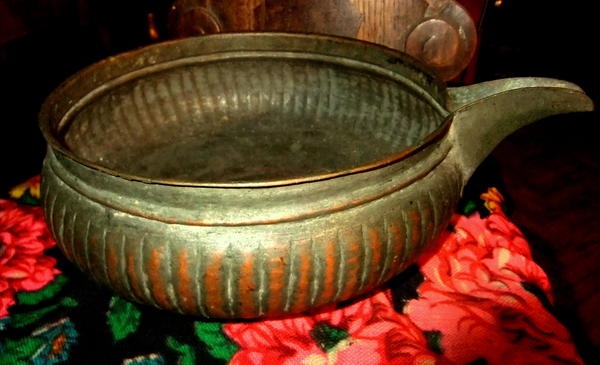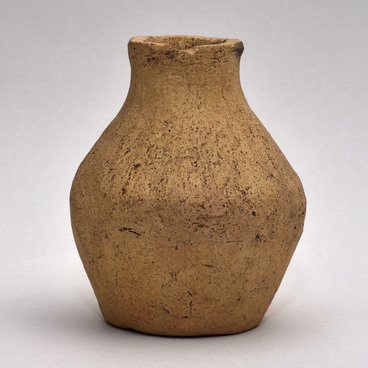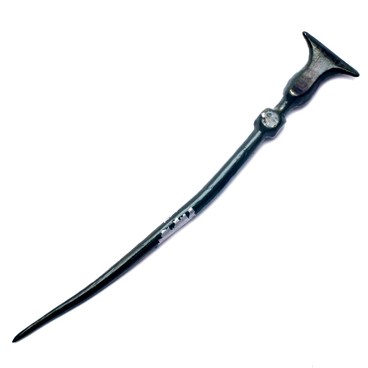In the ancient Russia, endova bowls were used for alcohol drinks such as beer, mead and brew. In such bowls those drinks were stored and served on the table. From endova, the drink was poured into glasses or cups using special scoops that were hung on the edge of the bowl. Endovas could hold a different volume of liquid, from a couple of glasses to a whole bucket. In rural areas, the word Endova was sometimes used to denote another container for storing drinks, a tall wooden jug with a lid.
Endova bowl (pouring vessel)
Время создания
16th to 17th century
Размер
16,5x37x37 cm
16.5x37x37 cm
16.5x37x37 cm
Техника
Red copper, brass, hammer work, soldering, dual-sided tinning, calking
Коллекция
Выставка
1
Открыть в приложении#1
Endova bowl (pouring vessel)
#2
#9
Initially, such bowls were made of wood. Their shape varied depending on the region. For example, in Tver, bowls had an oval or cubic coaster. On one side they had a handle, and on the other, a groove for pouring. And in the region of the North Dvina, such vessels were round, had no handles and their upper edges were slightly bent outward. There were also vessels in the shape of swans, ducks or boats. Endovas were decorated with carved ornaments. Sometimes they had a lid, but more often they were open.
#6
Metal endovas started to appear later. They were made of copper or silver by punching. At first, the blacksmiths forged a copper sheet to obtain a hemisphere of the desired shape. Then, using a special punching hammer, the workpiece was turned into a vessel. This method differed from minting because the crafters worked with cold rather than heated metal.
#10
Copper endova bowl. Source: ru.wikipedia.org
#7
Unlike wooden vessels, copper endova bowls were seldom decorated. Typically, they were not served on the table: the hostess only brought drinks in them, poured them into separate cups and immediately took the endova away. Sometimes the bowls were decorated with bulges that went from the top edge to the bottom.
The endova bowl from the collection of the Bryansk State Local Lore Museum was made in the 16th or 17th century. It was forged from red copper, and then a short brass handle was soldered on it. The edges of the bowl gradually expanded upwards, and then again narrowed slightly so that the drink would not splash. The bowl had small stable legs on its bottom.
#8
The ready bowl was cured on both sides, that is, covered with a thin layer of molten tin. After this treatment, the copper vessel did not oxidize and thus served longer. Also, the drinks it held did not acquire a metallic taste.
#11
Bryansk State Regional Ethnography Museum, a State budgetary cultural institution
читать дальшескрыть
00:00
00:00
1x
Endova bowl (pouring vessel)
Время создания
16th to 17th century
Размер
16,5x37x37 cm
16.5x37x37 cm
16.5x37x37 cm
Техника
Red copper, brass, hammer work, soldering, dual-sided tinning, calking
Коллекция
Выставка
1
Открыть в приложении
Поделиться


